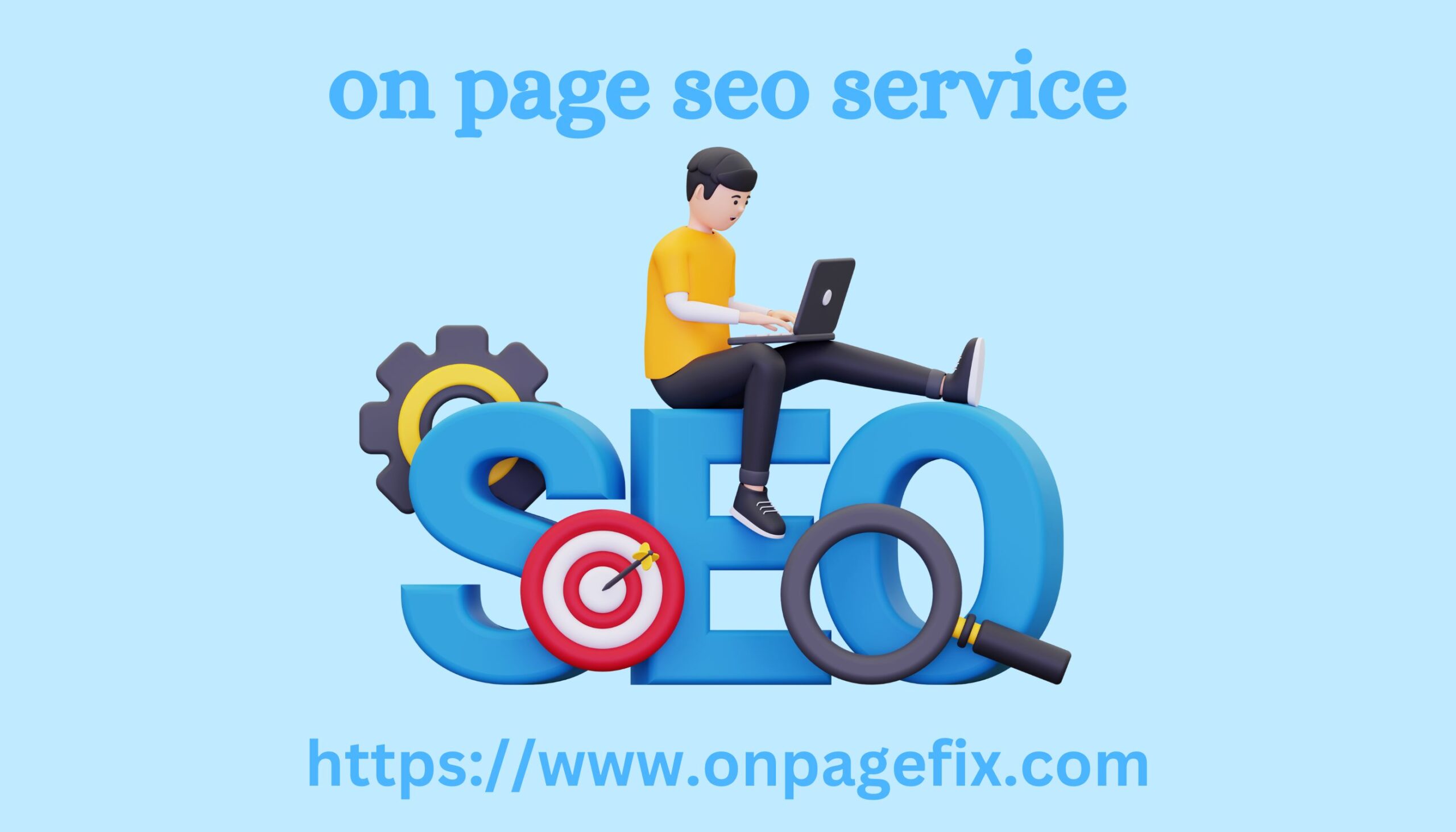Speech by Viktor Kodanev, member of the academic council, professor of practice at the Higher School of Business of the National Research University Higher School of Economics, at the VII annual all-Russian forum of procurement directors VPROC 2024.
In addition to his excellent academic education, Viktor Kodanev is an experienced practitioner. He managed procurement in Heavy Industry (pulp and paper industry, metallurgy) and QSR (Dodo Brands) for 13 years. In 2023, he was recognized as the best procurement director in Russia (according to the RAEX rating agency).
In what areas of S2P is AI most justified and useful today?
Using AI helps reduce routine operations, improve efficiency and the quality of decisions. In addition, it reduces dependence on line personnel and improves the level of relationships with suppliers. This alone makes the implementation of AI justified and useful.
What specifically can be done right now:
Forecast demand.
AI can analyze sales data, seasonal demand on page seo service fluctuations, marketing activities, and other factors to predict future demand. This helps optimize inventory levels, avoid surpluses or shortages of goods, and reduce risks associated with errors in purchasing planning.

Perform supplier search and analysis.
Helps in searching and evaluating potential suppliers. Analyzes their quality, reliability, prices and other parameters. Reduces work time and increases its expertise.
Optimize procurement processes.
Automates routine tasks such as creating orders, checking documents, managing contracts, etc. This frees up employees, reduces the time it takes to perform operations, and reduces the likelihood of errors.
Conduct risk analysis and management.
AI helps identify potential risks associated with procurement, such as price changes, supply instability, financial problems with suppliers, etc. This reduces the level of potential threats to the business.
Gartner Hype Cycle Review 2024 – What Technologies Are Used Today, What Will Be Used Tomorrow?
The Gartner Hype Cycle, proposed by the American consulting agency Gartner, describes a model that shows the cycles of technology development. It includes stages from an innovative trigger to the peak of inflated expectations, the elimination of illusions and reaching a plateau of productivity. According to Gartner, the time for the implementation and use of AI technologies in the field of delivery and procurement has already come.
According to a survey-research conducted by the Russian Association of Purchasing Directors, there are a number of companies in Russia that are successfully implementing AI technologies and have achieved significant results in this area.
Today in their work they use:
ML (machine learning) – machine learning.
RPA (robotic process automation) – robotization of processes.
NLP (natural language processing) – natural language processing.
Tomorrow, AI capabilities will expand to:
Predictive and prescriptive analytics.
Autonomous supply systems.
Integrations with blockchain and loT.
However, the vast majority of companies hardly use modern IT solutions in procurement: 69% do not use Chatbots, 71% ChatGpt, 61% prescriptive analytics, 81% Fin-tech.
The concept of autonomous procurement – when and where will robots replace humans in the purchasing cycle?
The concept of autonomous supply involves replacing humans in the procurement cycle with robots and automated systems. Such systems allow for a minimum dependence on the human factor. Increase operational efficiency and the quality of decisions made.
The transition to autonomous supply requires a comprehensive approach and consideration of all aspects of the process. For the most efficient functioning of autonomous supply, first of all, it will be necessary to ensure unified integration and automation of all processes.
It is important to understand that autonomous supply may become a key development area in the field of procurement and supply in the future. And although it cannot yet be fully implemented in practice, individual elements of the system are in demand by companies and are, to one degree or another, feasible today. For example, the following are already in use:
SRM – procurement management systems.
EDI – data exchange with suppliers.
TMS – transport management.
Punch-out – purchasing from catalogues.
BIG Data – big data.
RPA – robotic process automation.
Predictive analytics.
Prescriptive analytics.
Chatbots.
ChatGpt and similar.